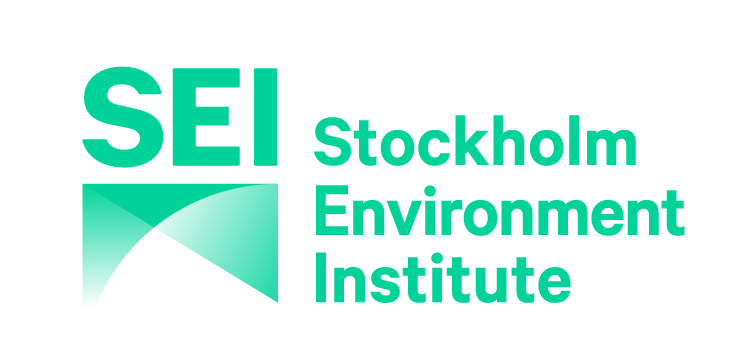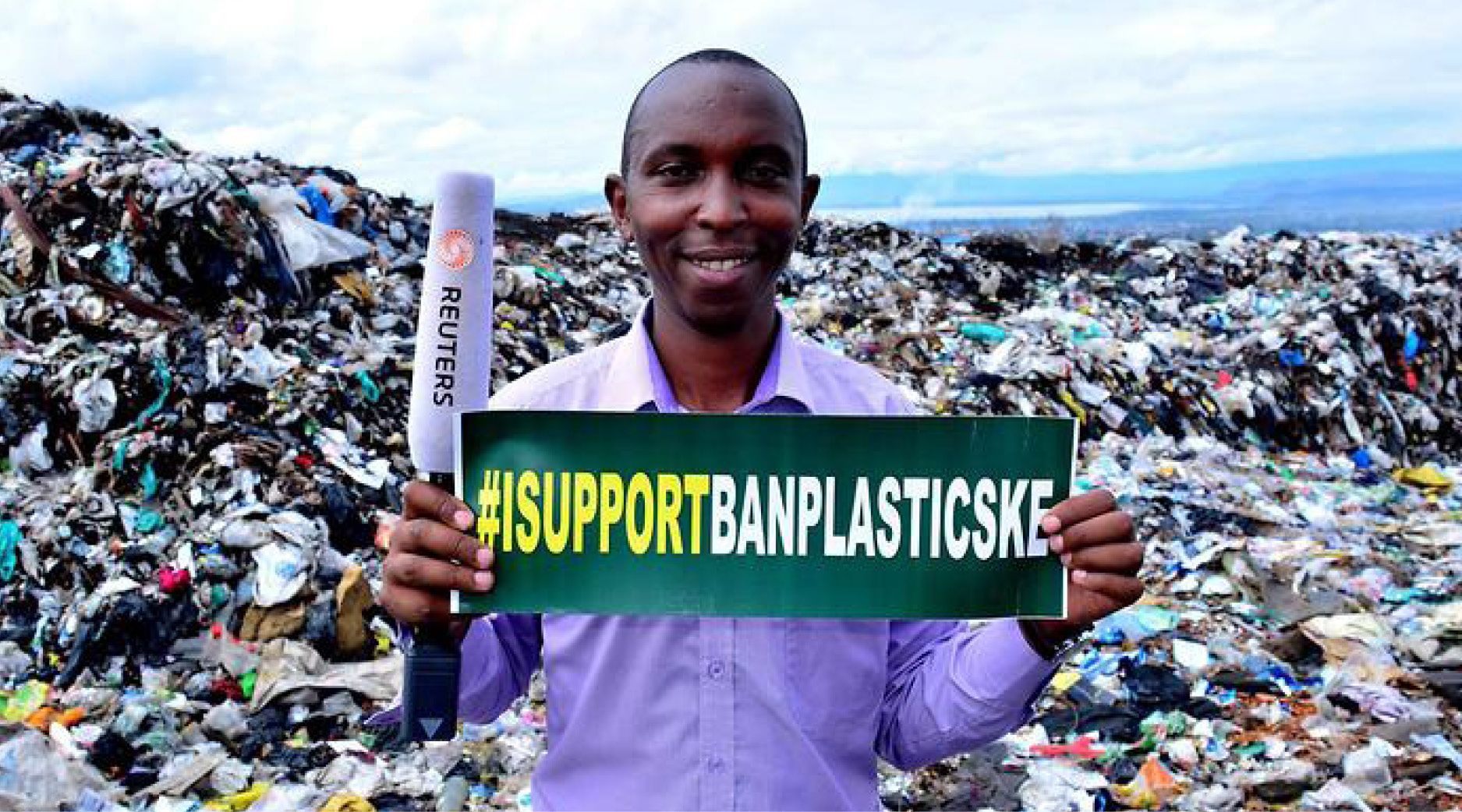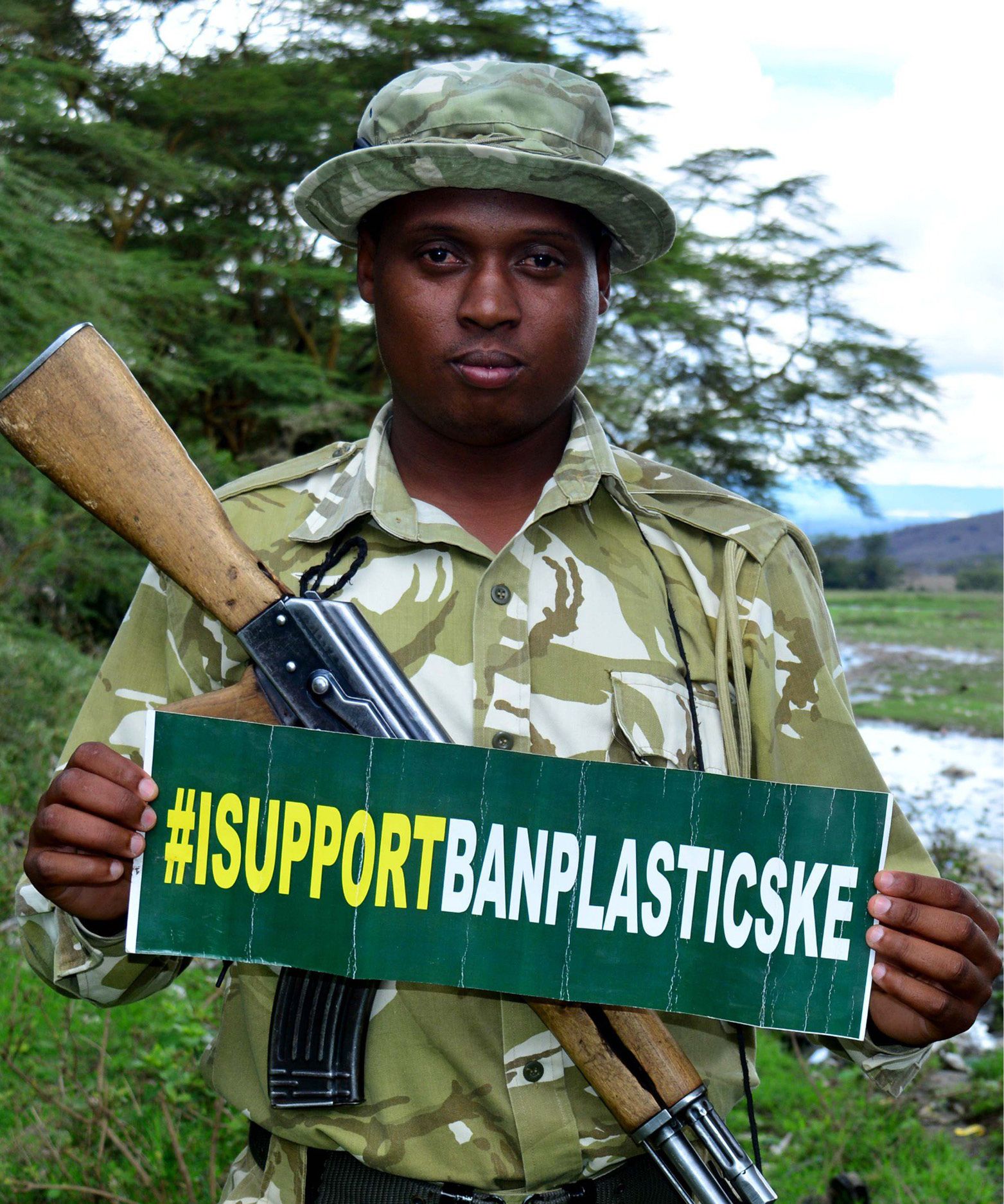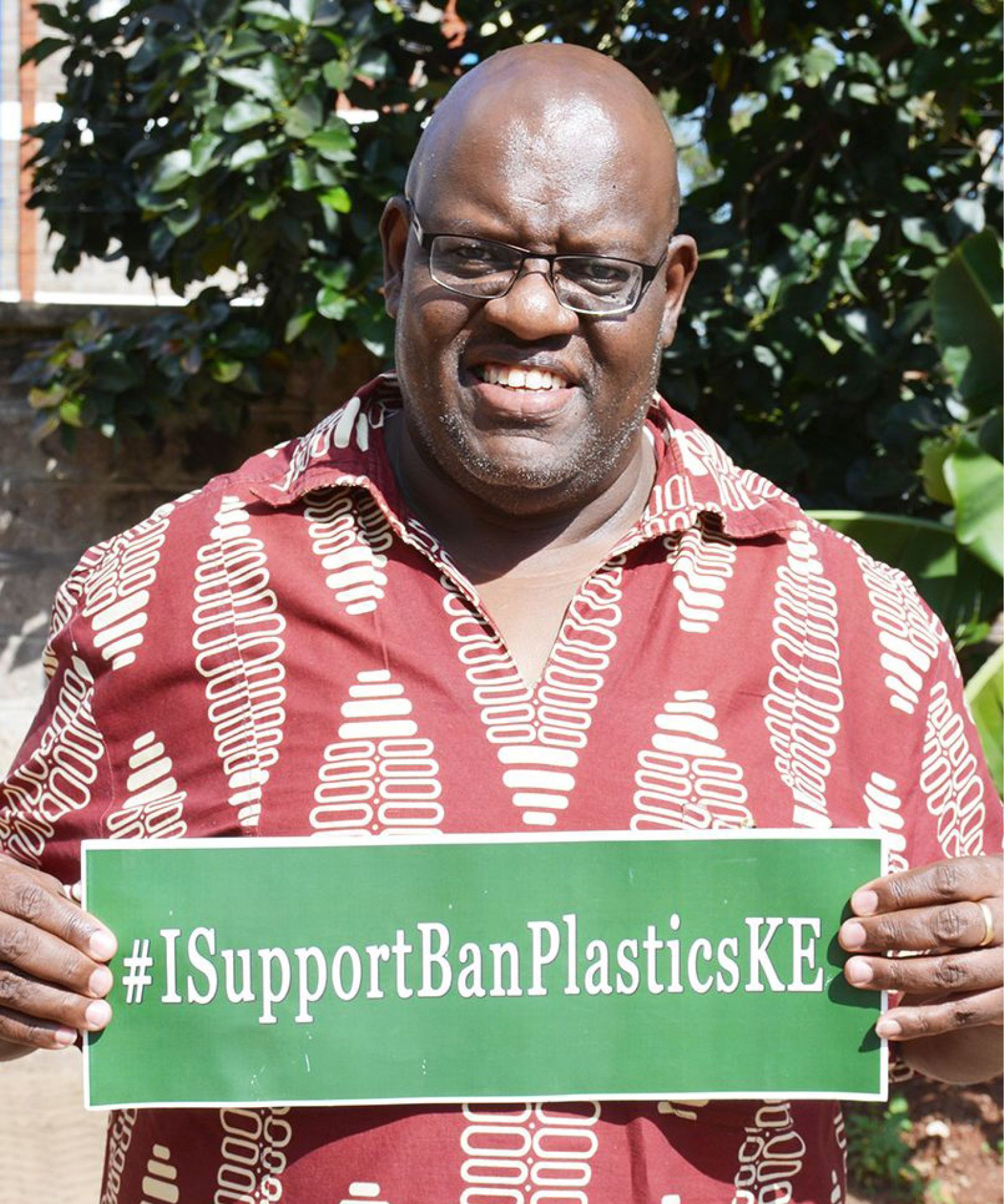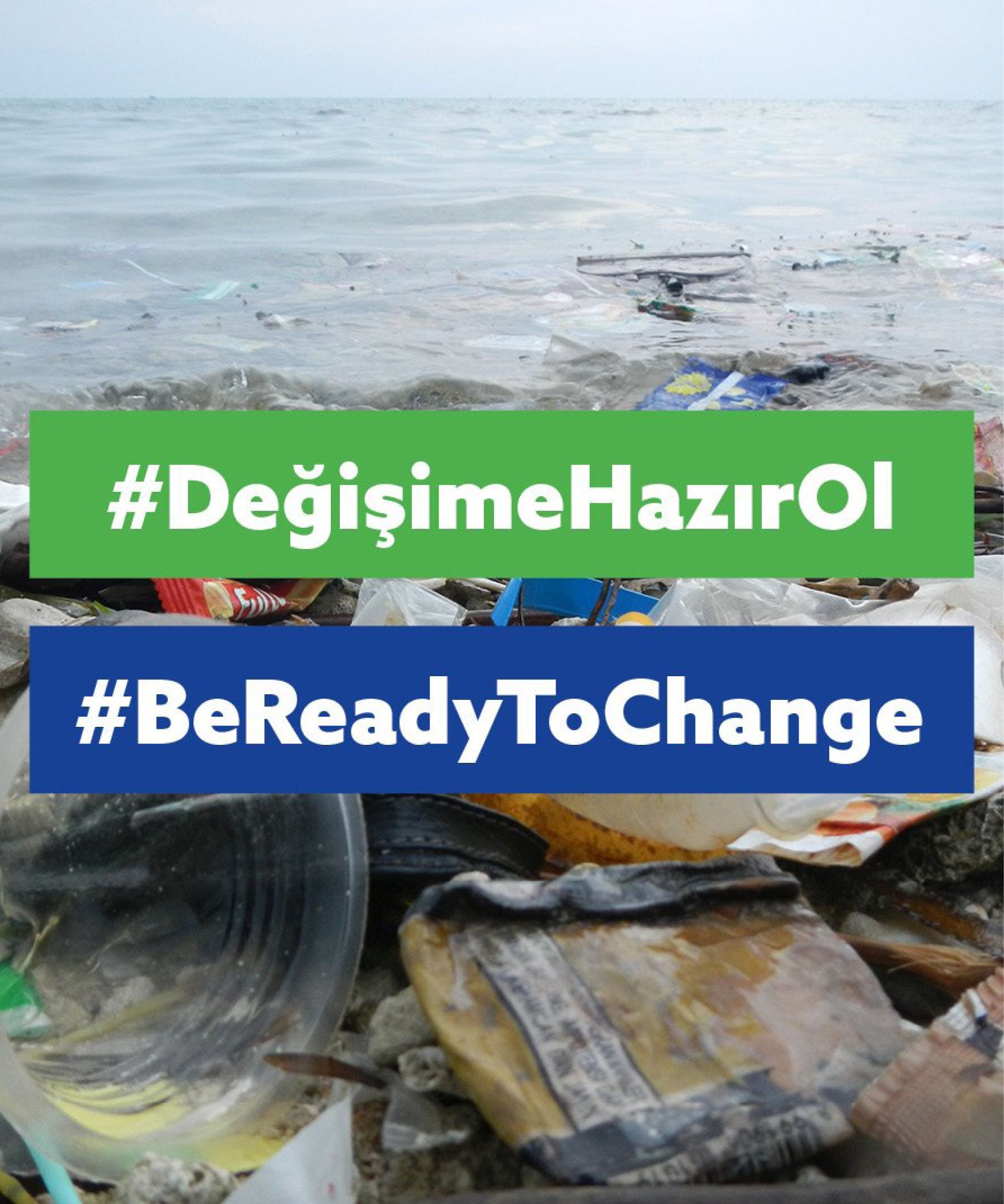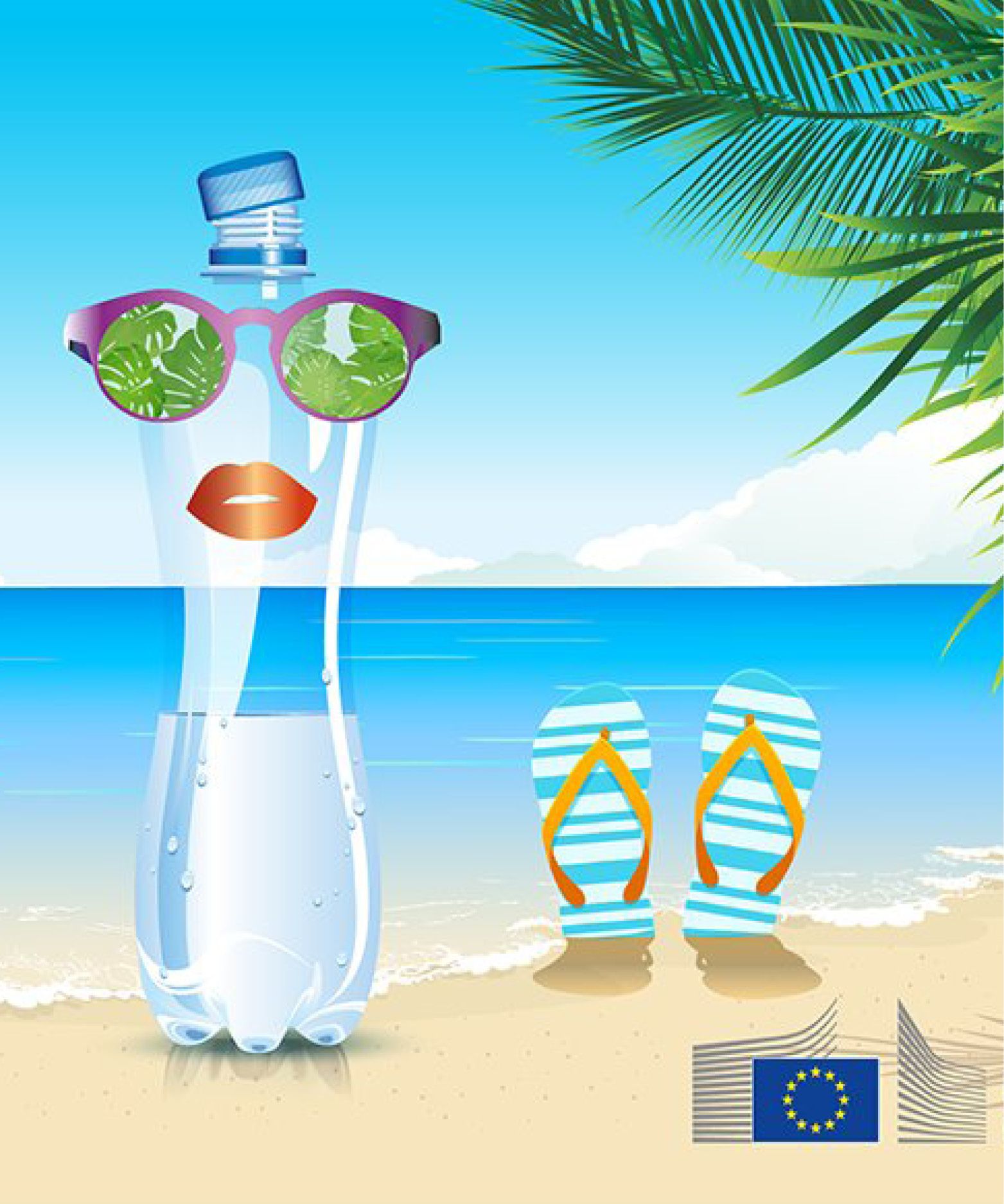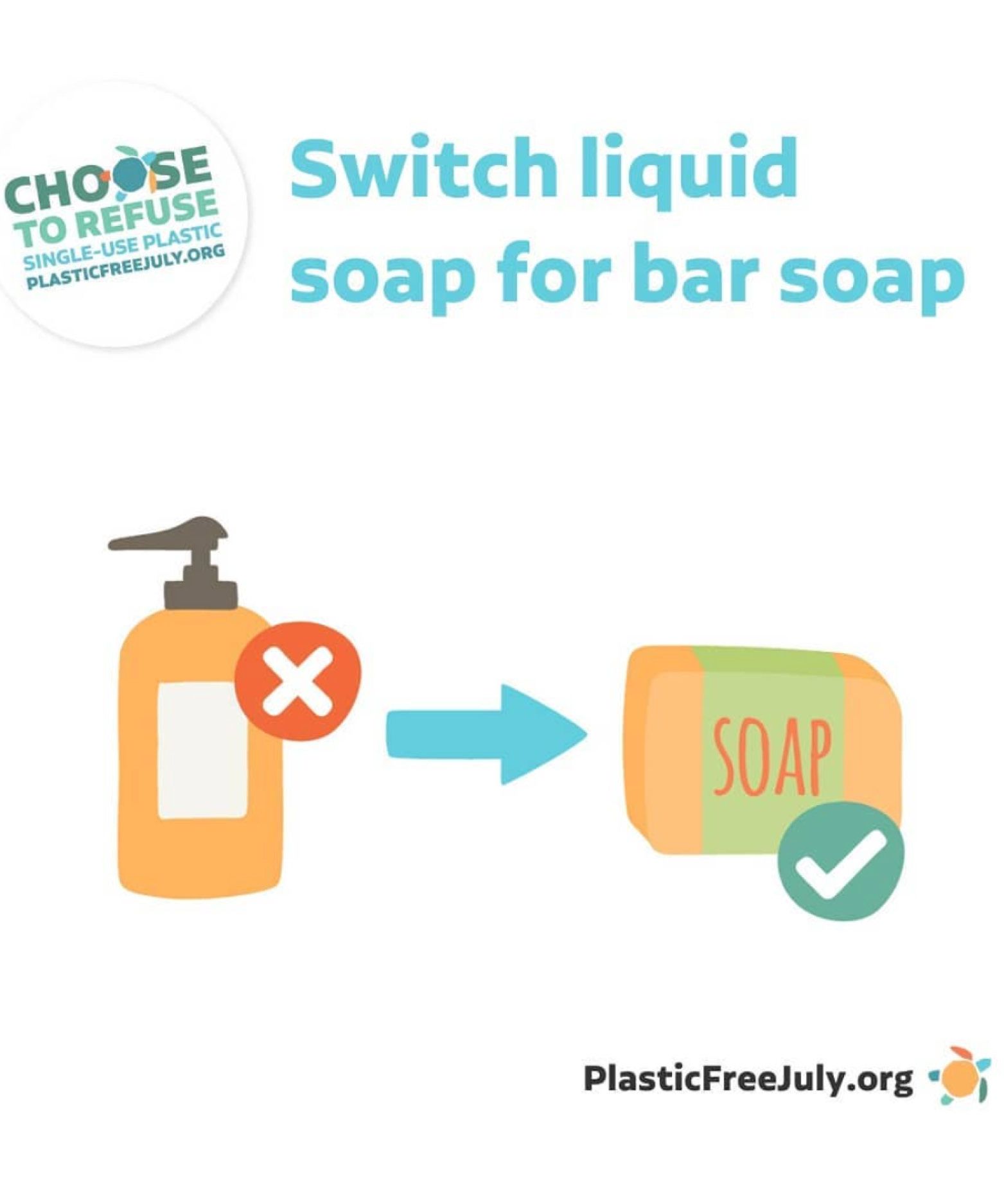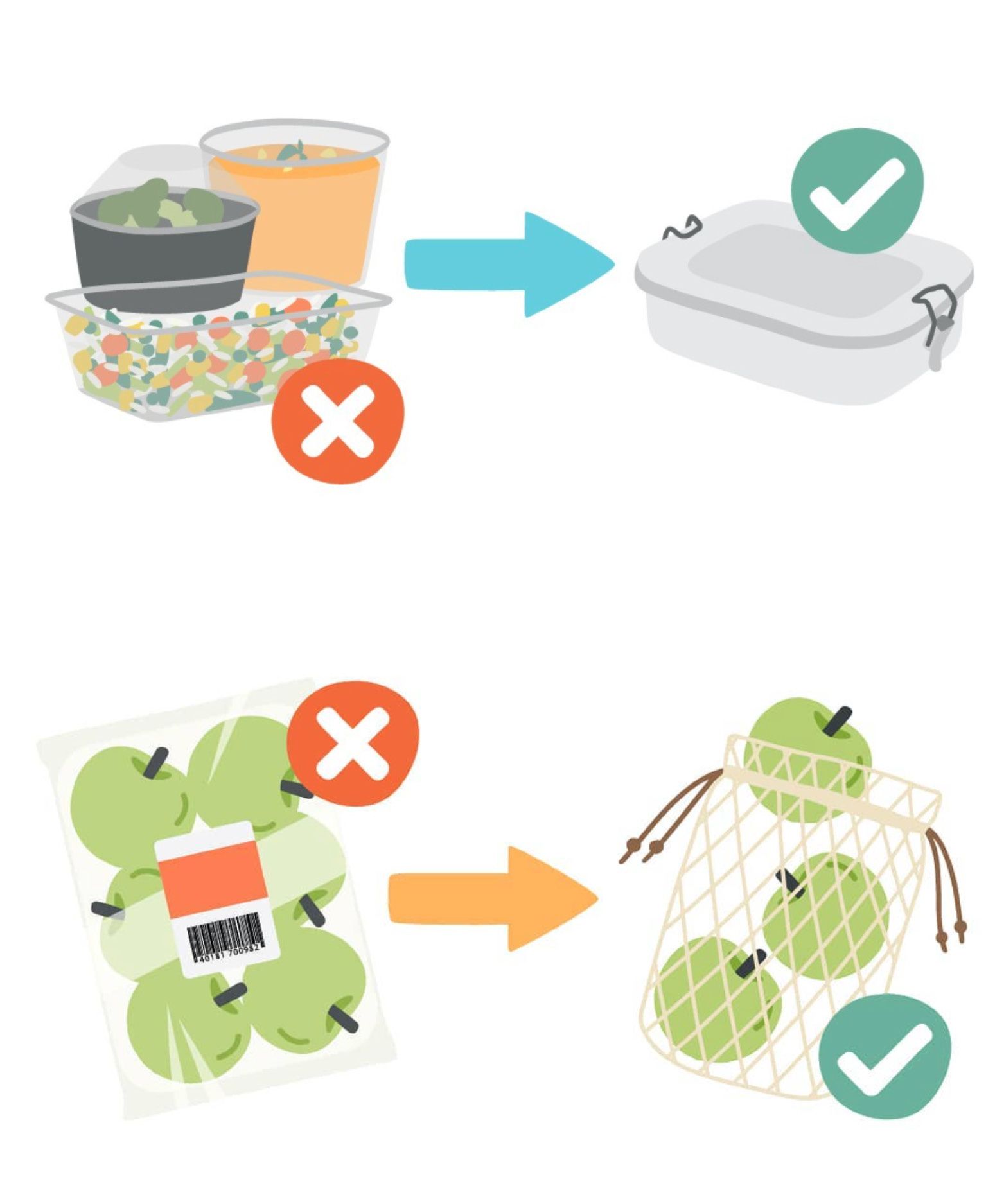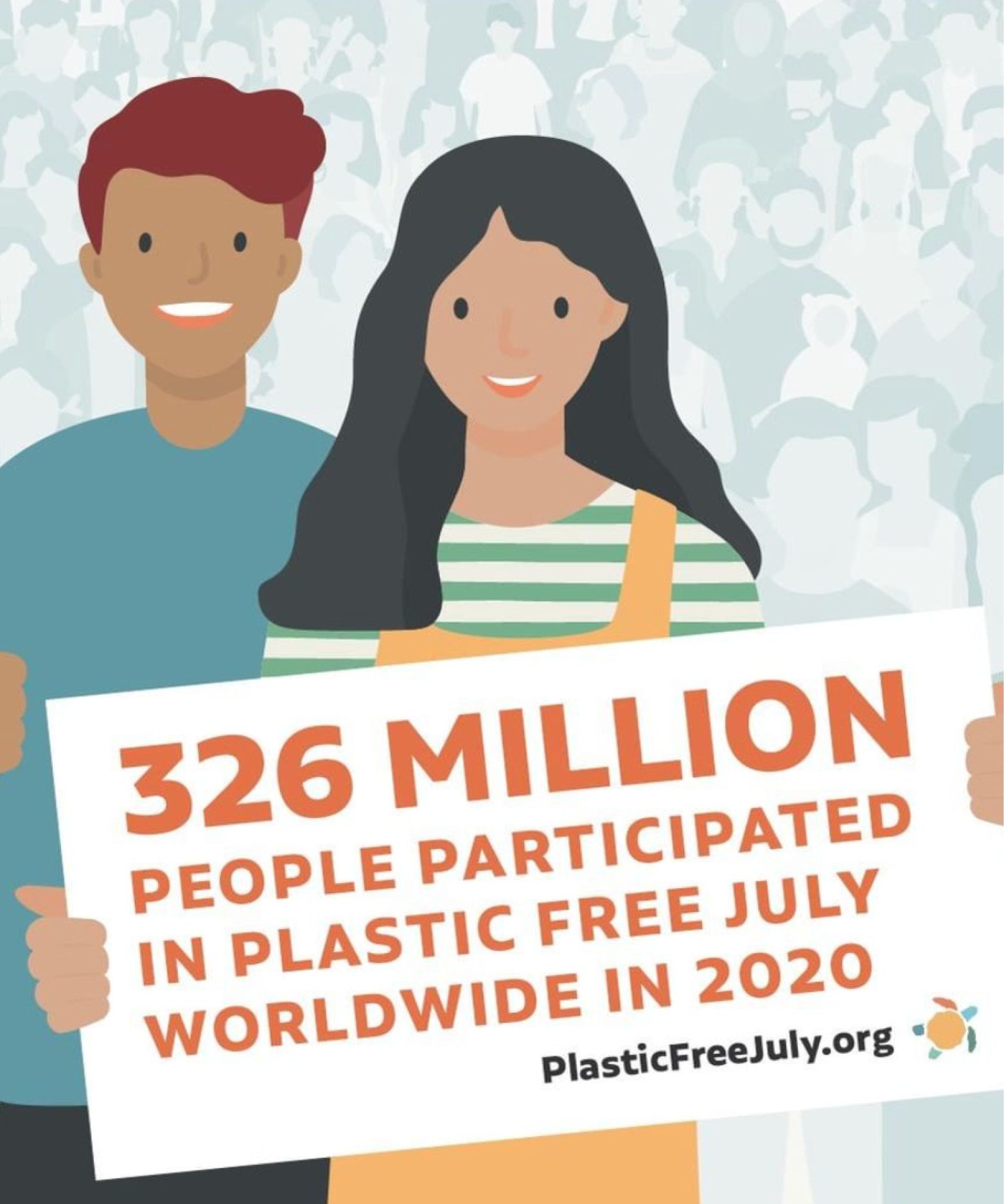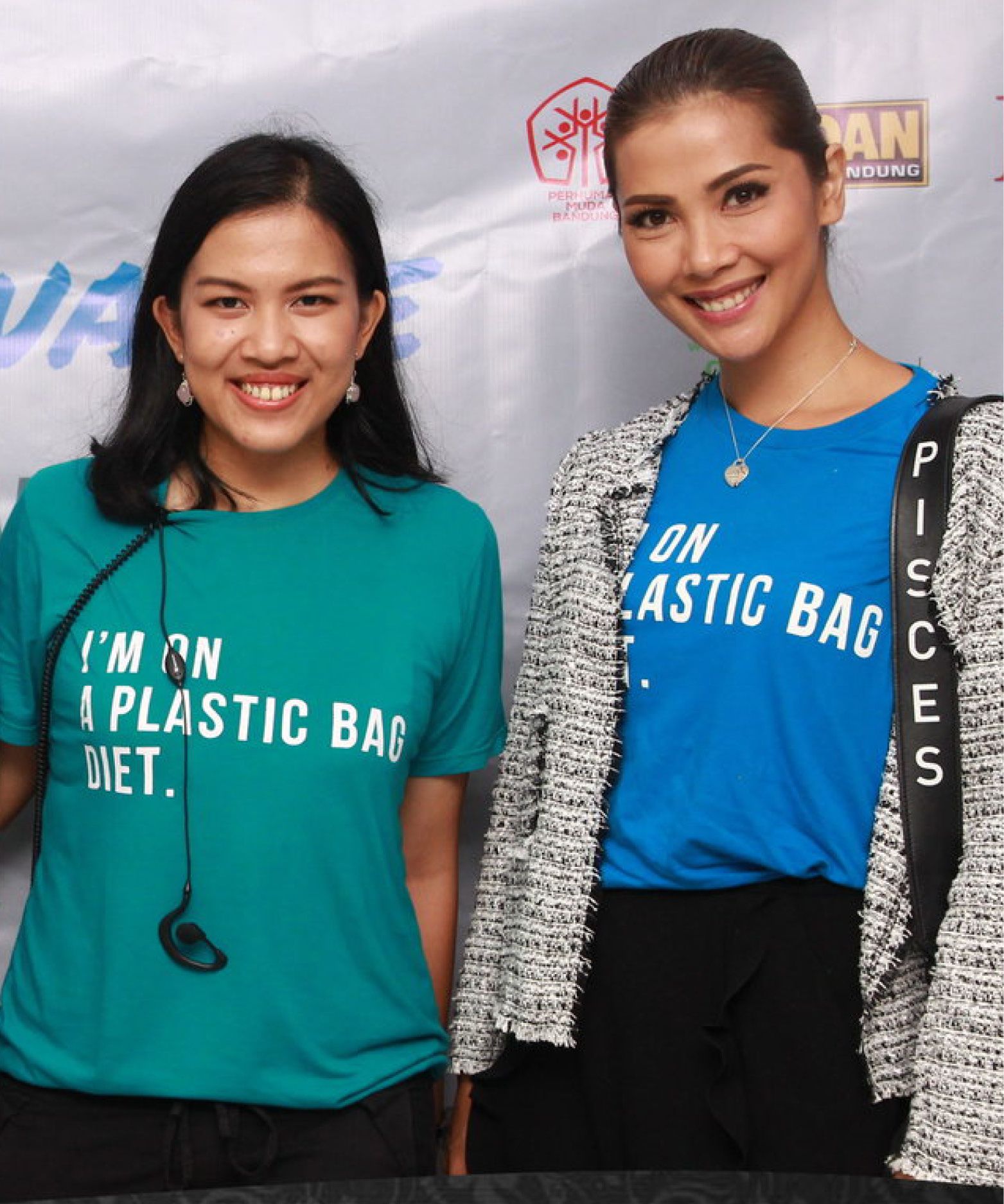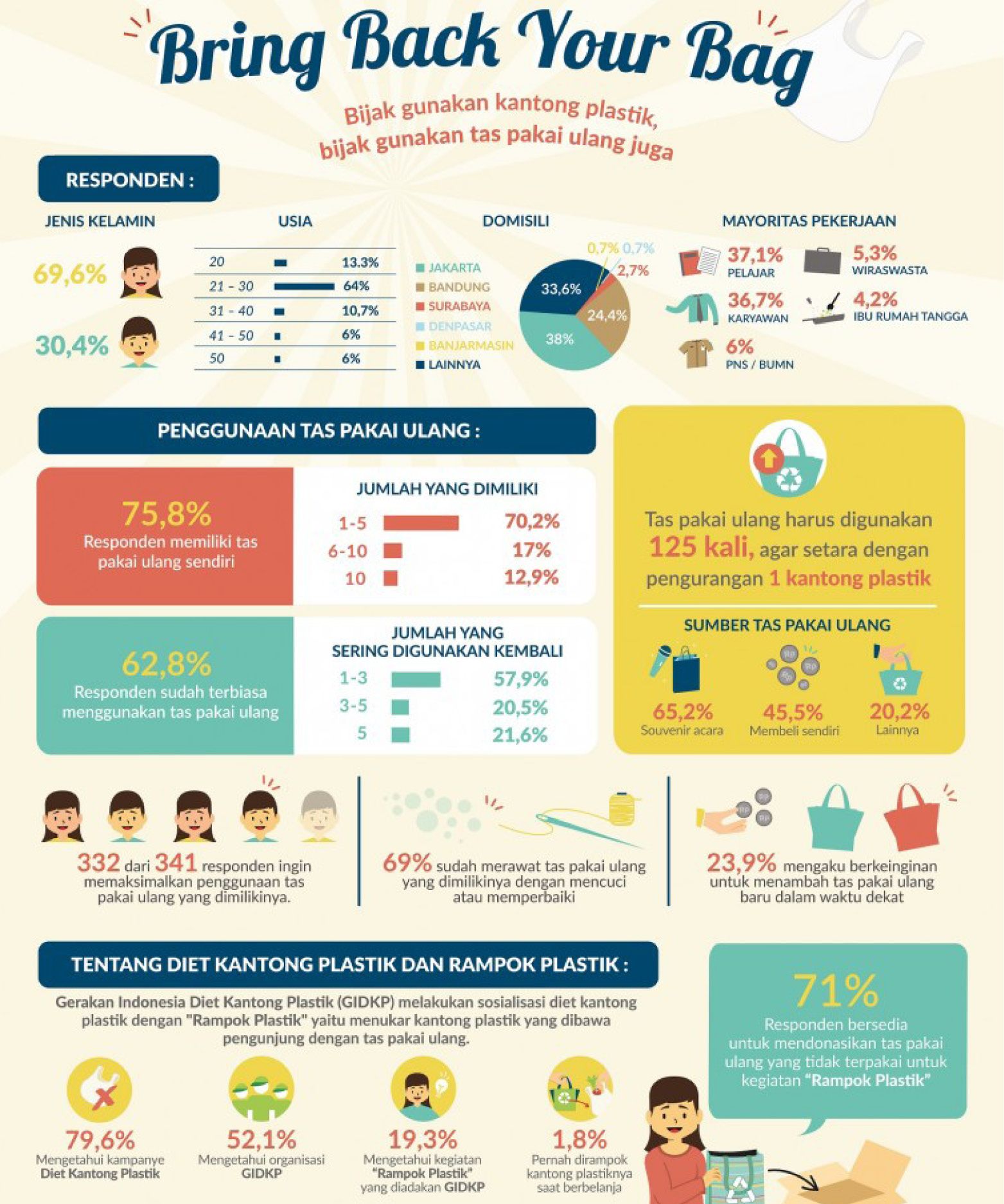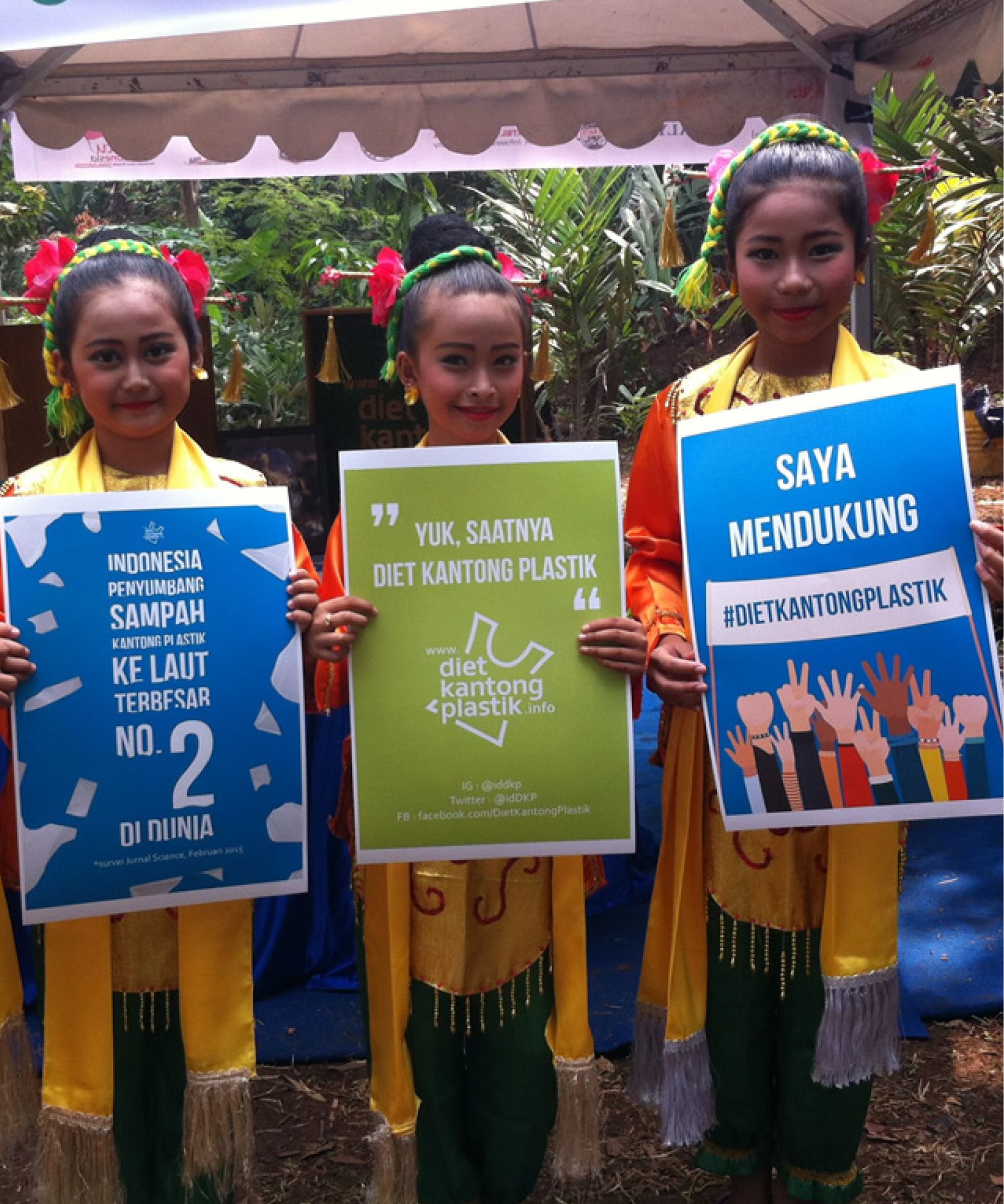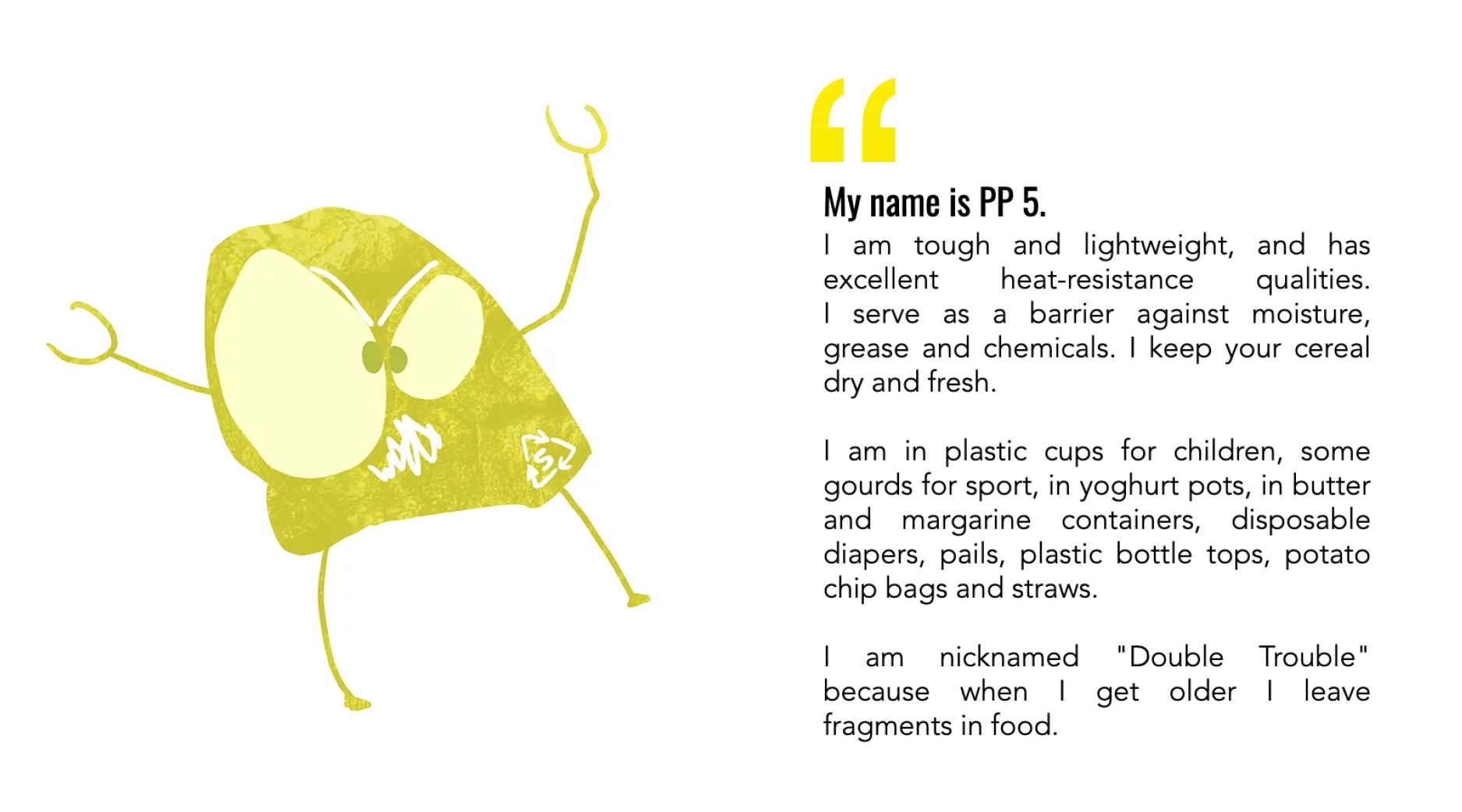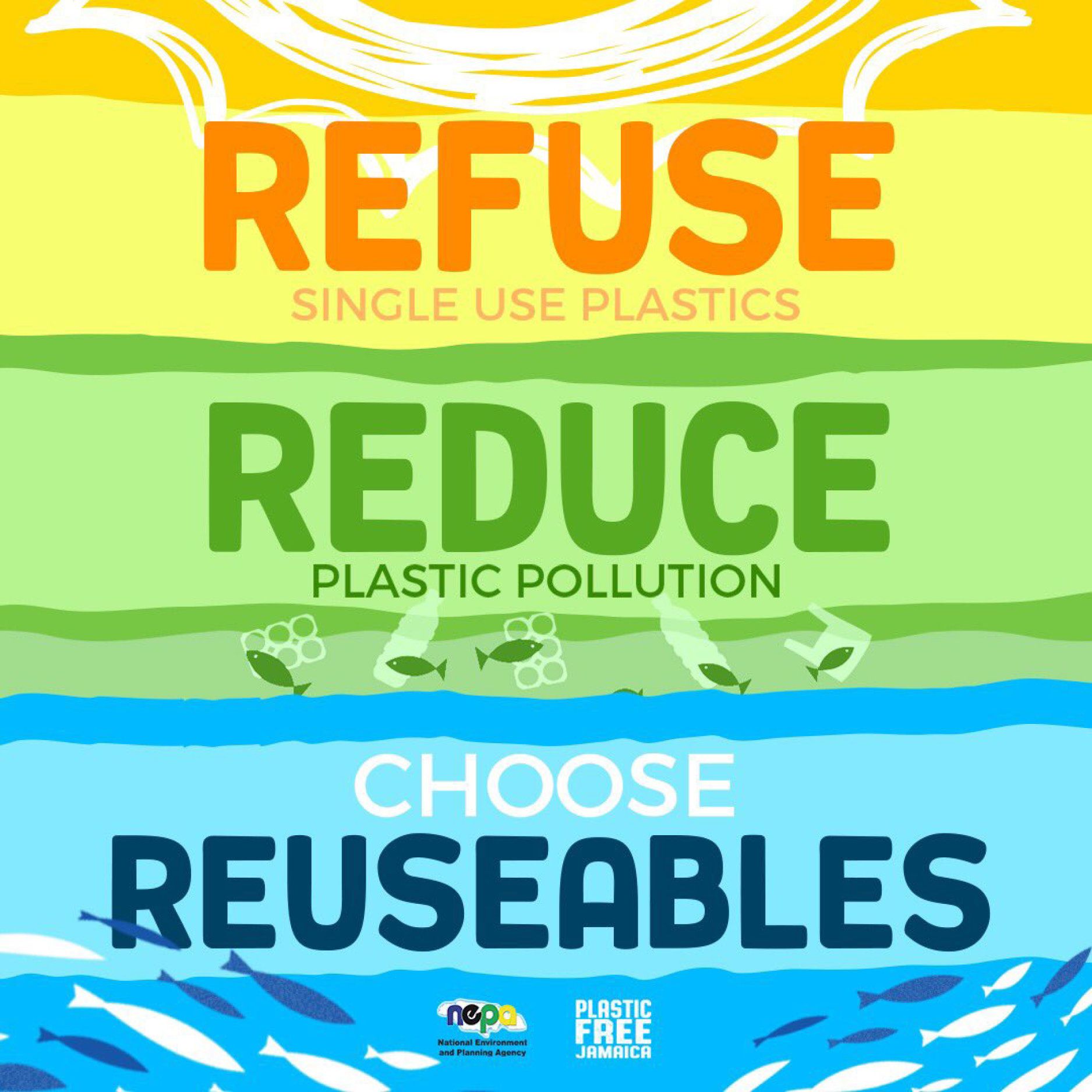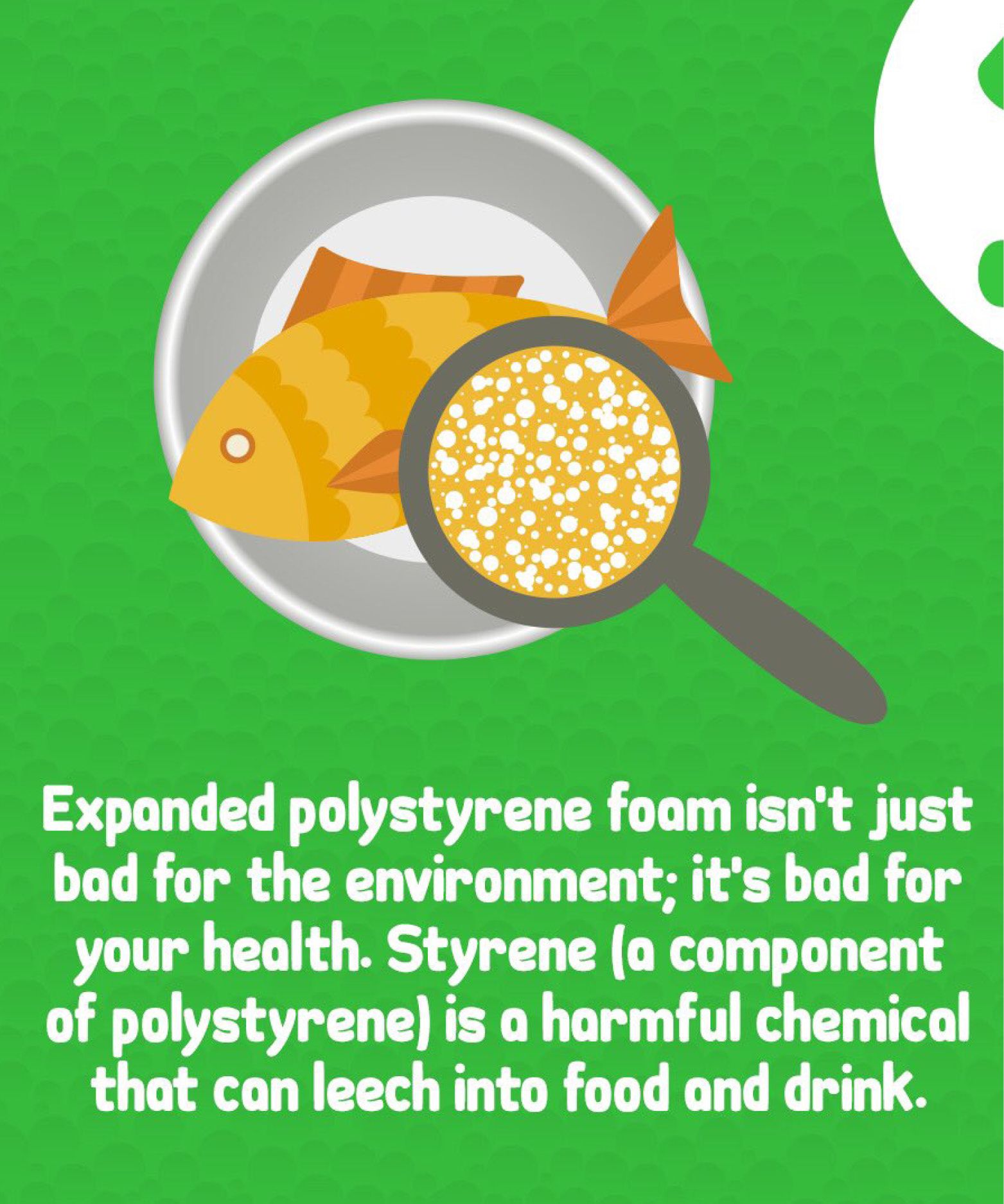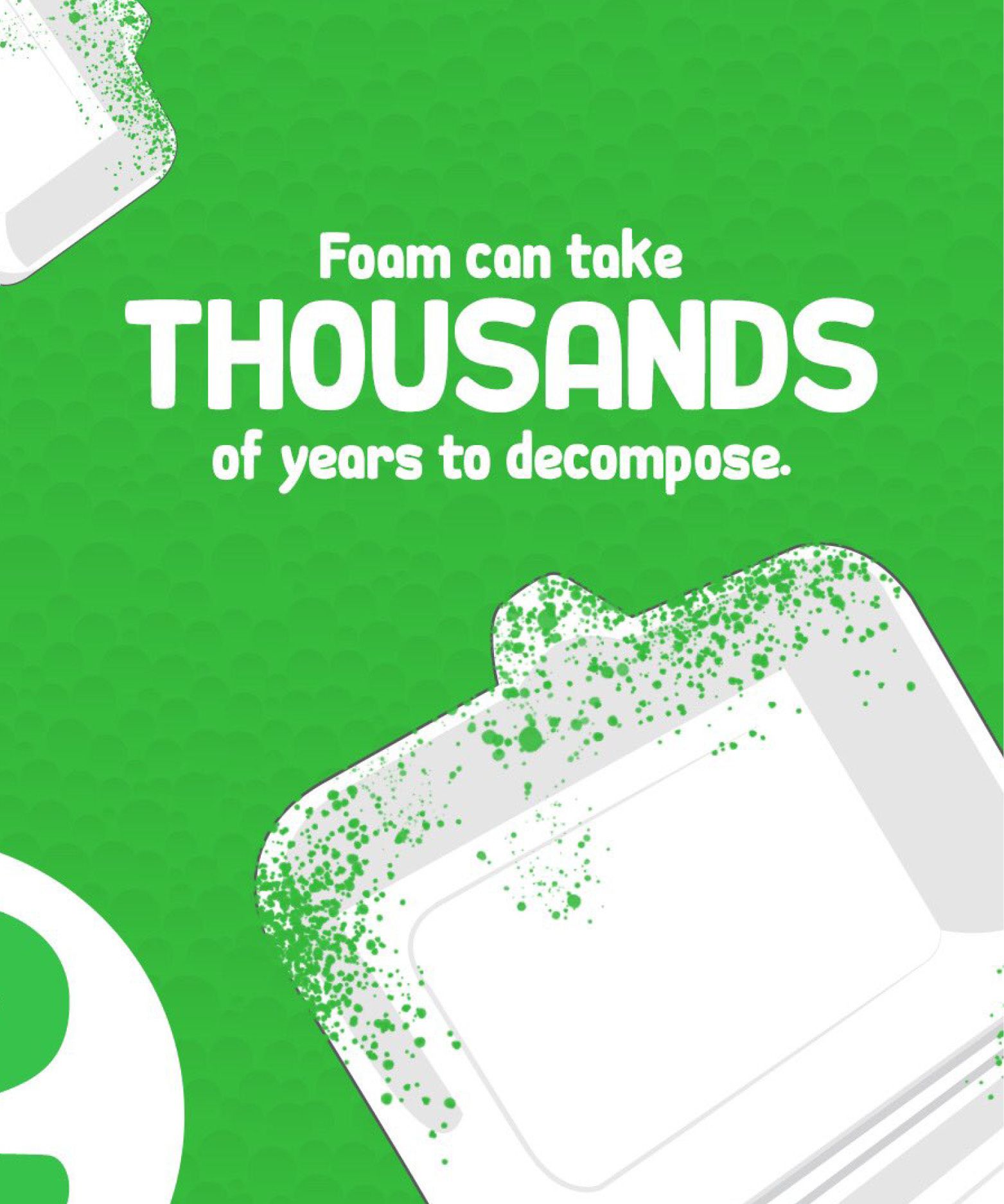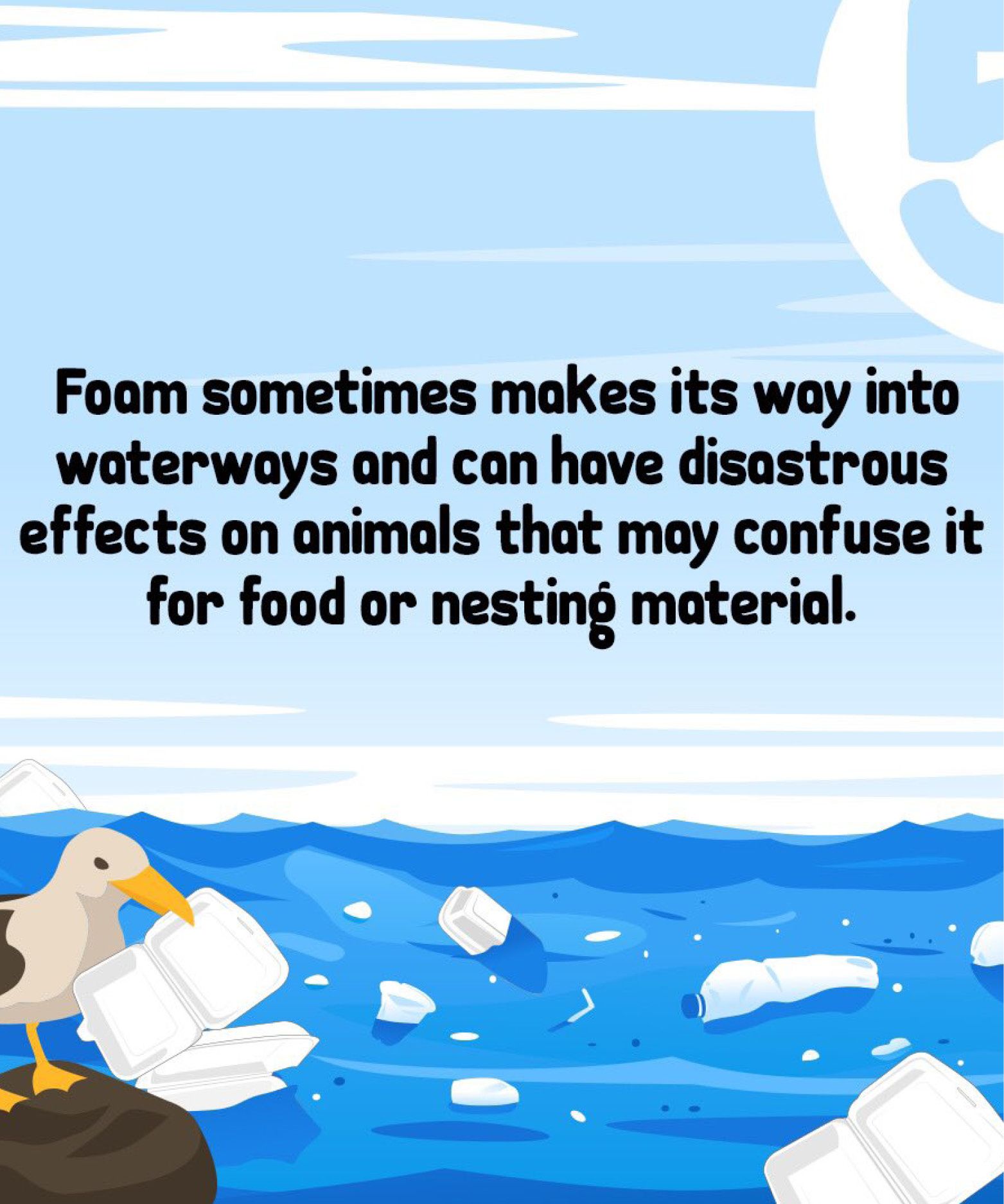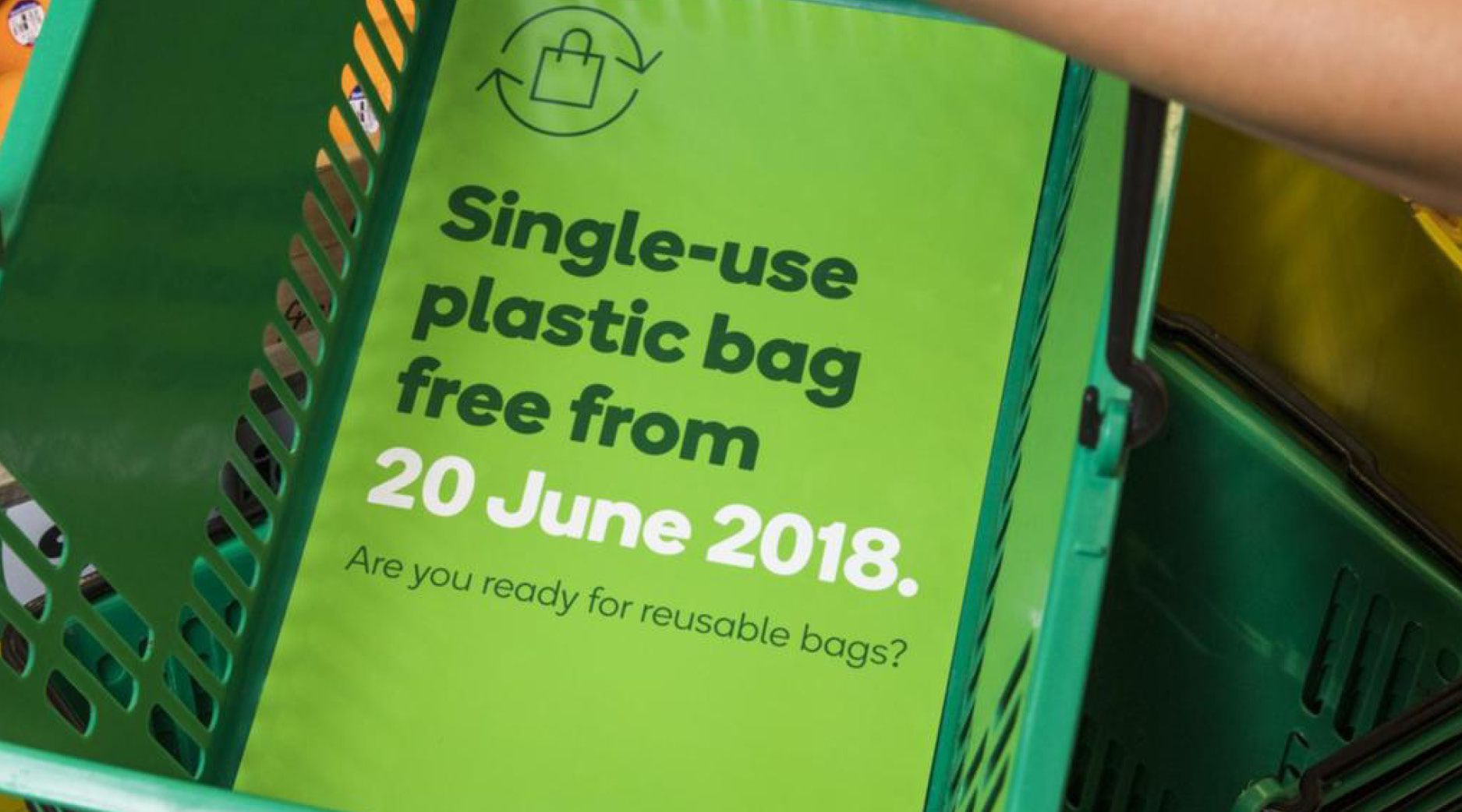Reducing Plastic Pollution:
Campaigns That Work

We’ve examined the literature on behaviour change, psychology and environmental issues, to understand how campaigns for sustainable plastic consumption can be more effective.
Plastic waste in our oceans and seas is a growing problem, affecting wildlife, ecosystems and people. About 10 million tonnes of litter – 80% of it plastic – finds its way into the water each year. These products take hundreds of years to decompose in the sea.
Single-use plastics, like carrier bags, drinks bottles, coffee cups and packaging, are a big part of the issue. Cheap and disposable, they are carried to the oceans from rivers and coastal towns and cities, or simply dumped at sea.


Campaigns around the world have contributed to increased awareness of plastic pollution, and in some cases, action – but have they effectively shifted people toward more sustainable consumption choices? Not as much as they could have, based on the latest research on influencing sustainable behaviour.
The challenge – Turning awareness and concern into behaviour change
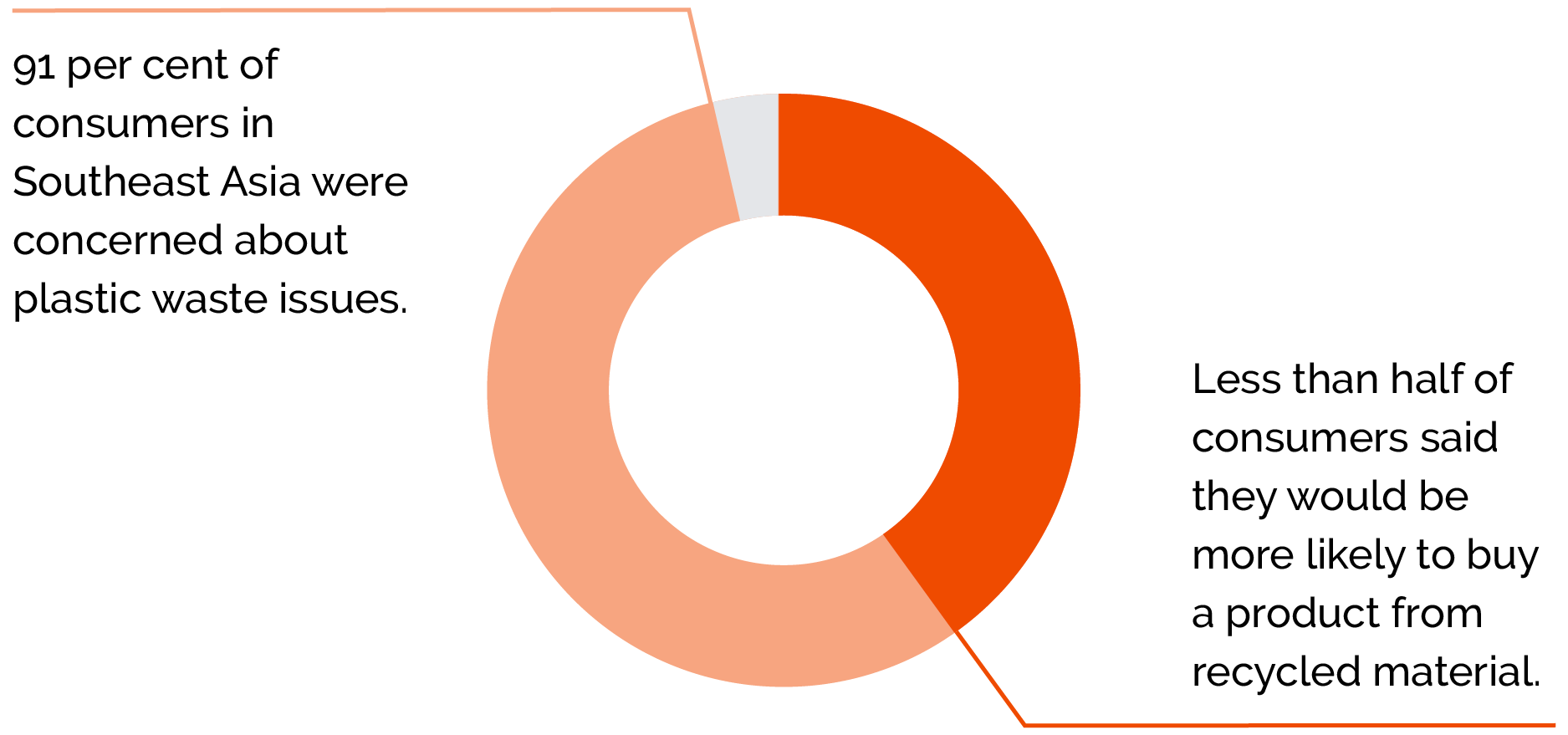
What can people designing campaigns to tackle plastic pollution learn from moments and campaigns that have worked – and those that haven’t? How can campaigns be crafted to drive the shifts in consumer behaviour needed to address plastic waste?
We have examined over 65 scientific papers, journalistic articles and surveys to learn what works in shifting individual behaviour. And we analysed 50 campaigns that try to address sustainable plastic use in some way, to see which of those techniques and concepts they are using, whether they have been effective, and why.
These campaigns come from manufacturers, foundations or non-profits, local and national governments, and international bodies. They all focus on single-use plastics and packaging, and they range from the hyper-local to the truly global.
Through this work, we have developed 6 effective strategies, 4 ‘watch-outs’ to be used with care and 4 common mistakes to avoid to help anyone creating a campaign.
The full report – Reducing Plastic Pollution: Campaigns That Work – explains the effective strategies, ‘watch-outs’ and common mistakes in full, as well as specific recommendations and advice for campaign creators, policymakers, consumers and companies. The report appendix outlines our findings from every one of the 50 campaigns we examined.

The power of individuals?
Individuals do have some influence in how plastics are made and used, but without systemic change the power of anyone acting alone is limited. People can ‘vote with their dollars’, by preferring more sustainable products when they shop, provided they are given enough information and transparency. In sufficient numbers, this market signal can shift what companies produce to meet that demand.
But when it comes to single-use plastics – packaging in particular – things are more complicated. People rarely make buying decisions based on the sustainability of the wrapper. Other packaging elements like colour or graphics can be more important, not to mention the qualities of the product itself.
This distorts the feedback loop between supply and demand, consumer and manufacturer. For example, to show a company that you would prefer sustainable packaging, you either need to find an equally appealing product in better packaging and purchase that instead, or you need to communicate your request for change directly to the company. Either way, the mechanism is not smooth.
Despite these complexities, people can make a real difference in how plastic is used, by sending the right messages to companies and governments, and joining with others to advocate for better policies.
Table 1 in the report is a useful starting point for anyone wanting to make a change in plastic use. Building on the New Plastics Economy Global Commitment, led by the Ellen MacArthur Foundation in collaboration with UNEP, it outlines some specific steps that individuals, companies and policymakers can all take to address plastic pollution.
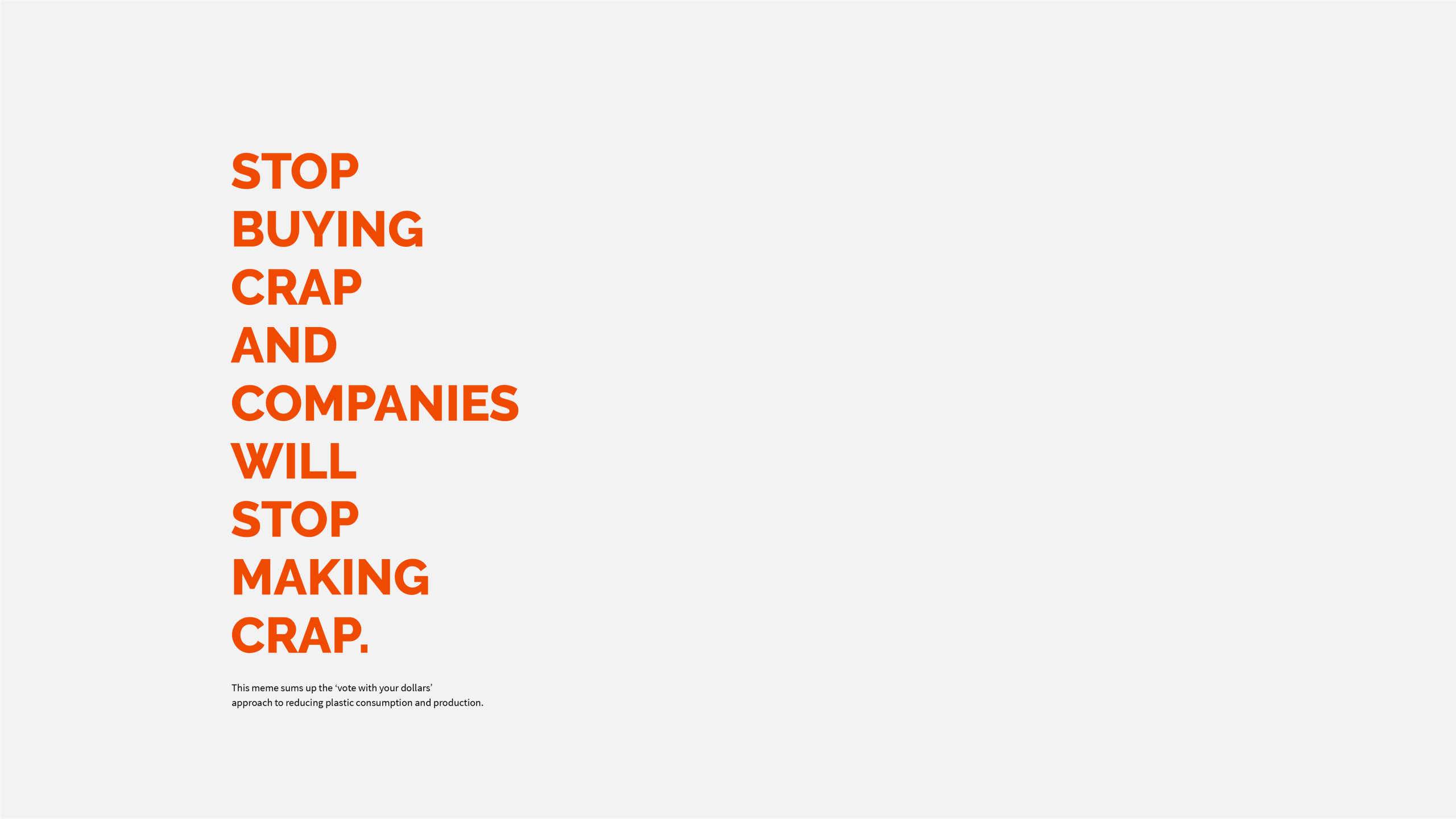
#ISupportBanPlasticsKE
Kenya: James Wakibia, a photojournalist, created the #BanPlasticsKE campaign in 2015, calling on the Kenyan government, through social media, to ban plastic bags. When one of his tweets received a response from Cabinet Secretary for Environment and Natural Resources Judi Wakhungu expressing her support, he took a banner with the hashtag “#ISupportBanPlasticsKE” printed on it into the streets and parks of Nakuru and took photos of different people holding it, which he then tweeted. Kenya banned single-use plastic bags shortly after.
This grassroots campaign was enormously effective. It has a positive and action-oriented tone, combined with a clear, simple message. It was also a distinctly local campaign, using photographs of local people and recognizable places to make sure it felt relevant and personal to people who saw it.
To read more about why James’s #ISupportBanPlasticsKE campaign was so effective, see the report appendix.
The conditions for change
Individual consumers need three things to be in place before they are to change a particular behaviour. Campaigns can play a part in all three:
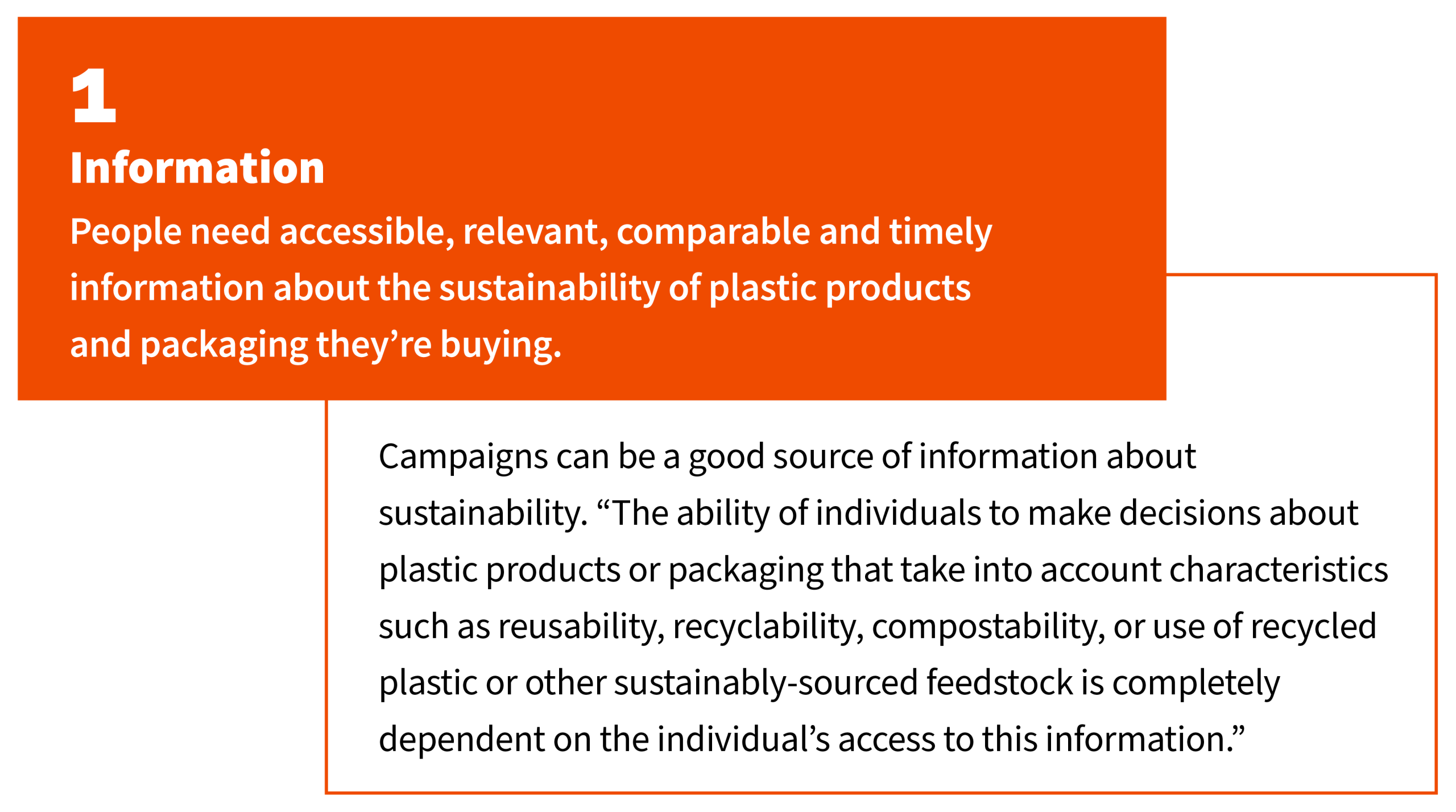
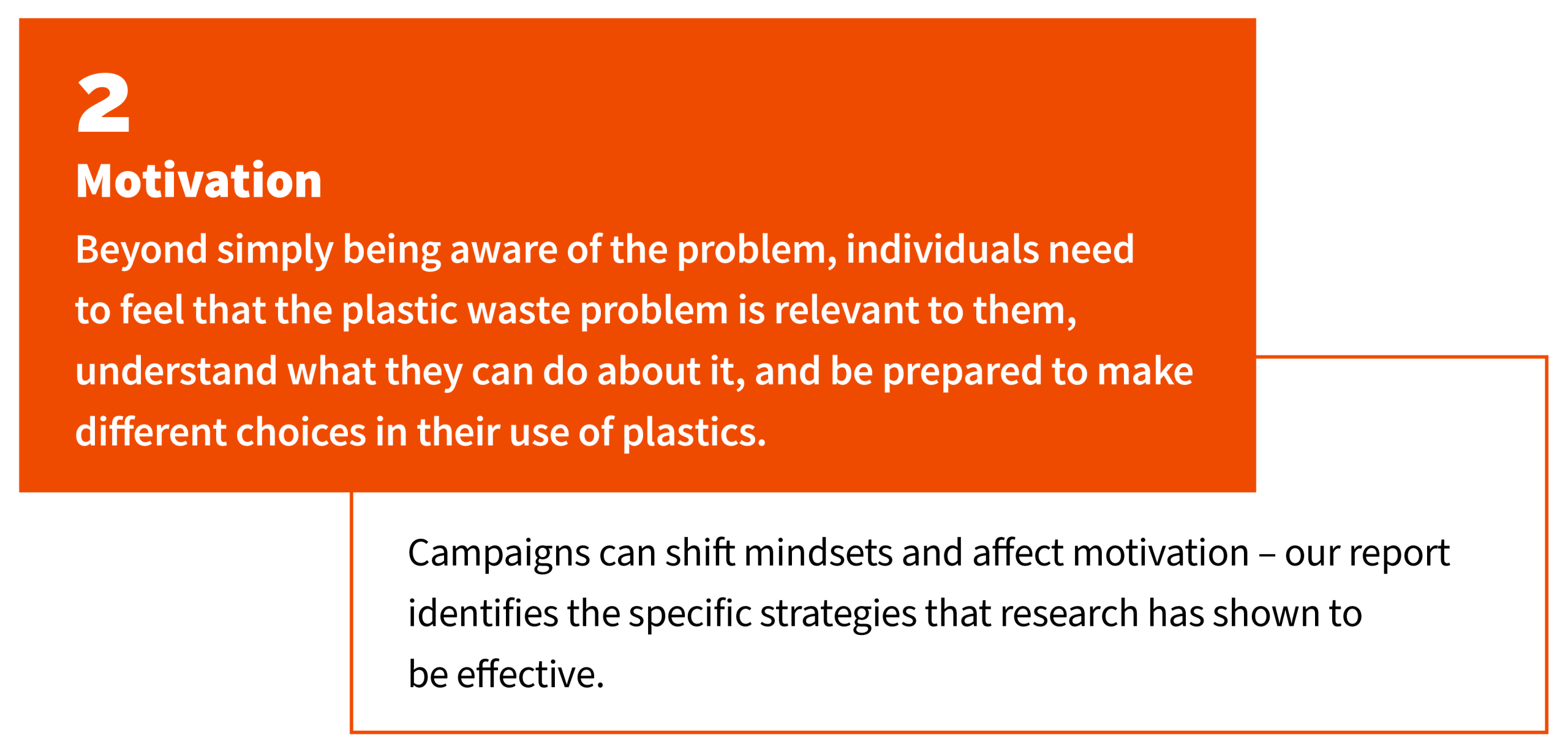
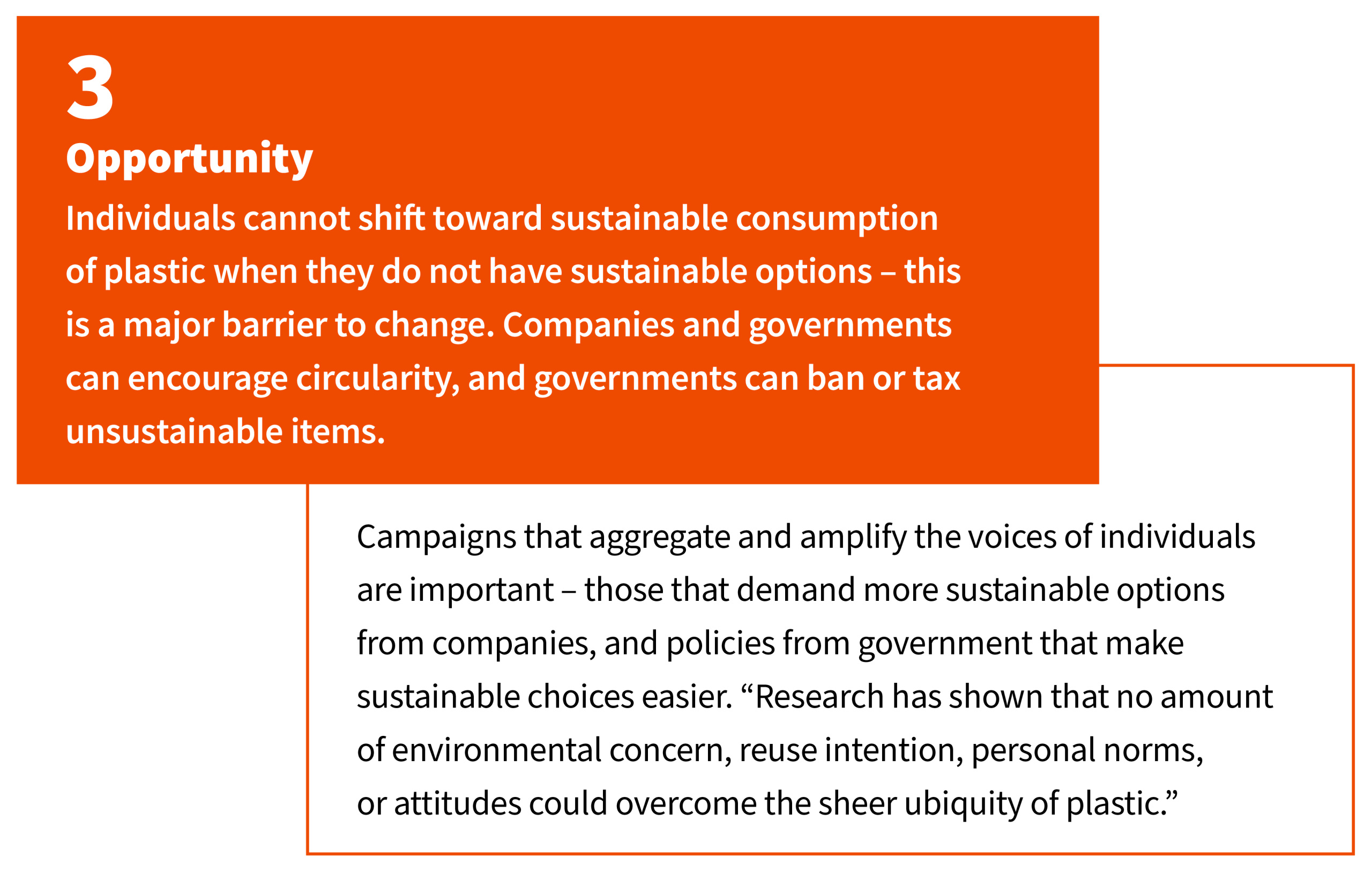
Effective strategies for better campaigns – and mistakes to avoid
Our review of real-world campaigns and relevant literature led us to recommend 14 ways to encourage pro-environmental behaviours around plastic use: 6 effective strategies (positive techniques that should be included in a campaign); 4 ‘watch-outs’ (techniques that can be productive if used thoughtfully, but can backfire if used poorly); and 4 common mistakes (strategies that are ineffective or counterproductive).

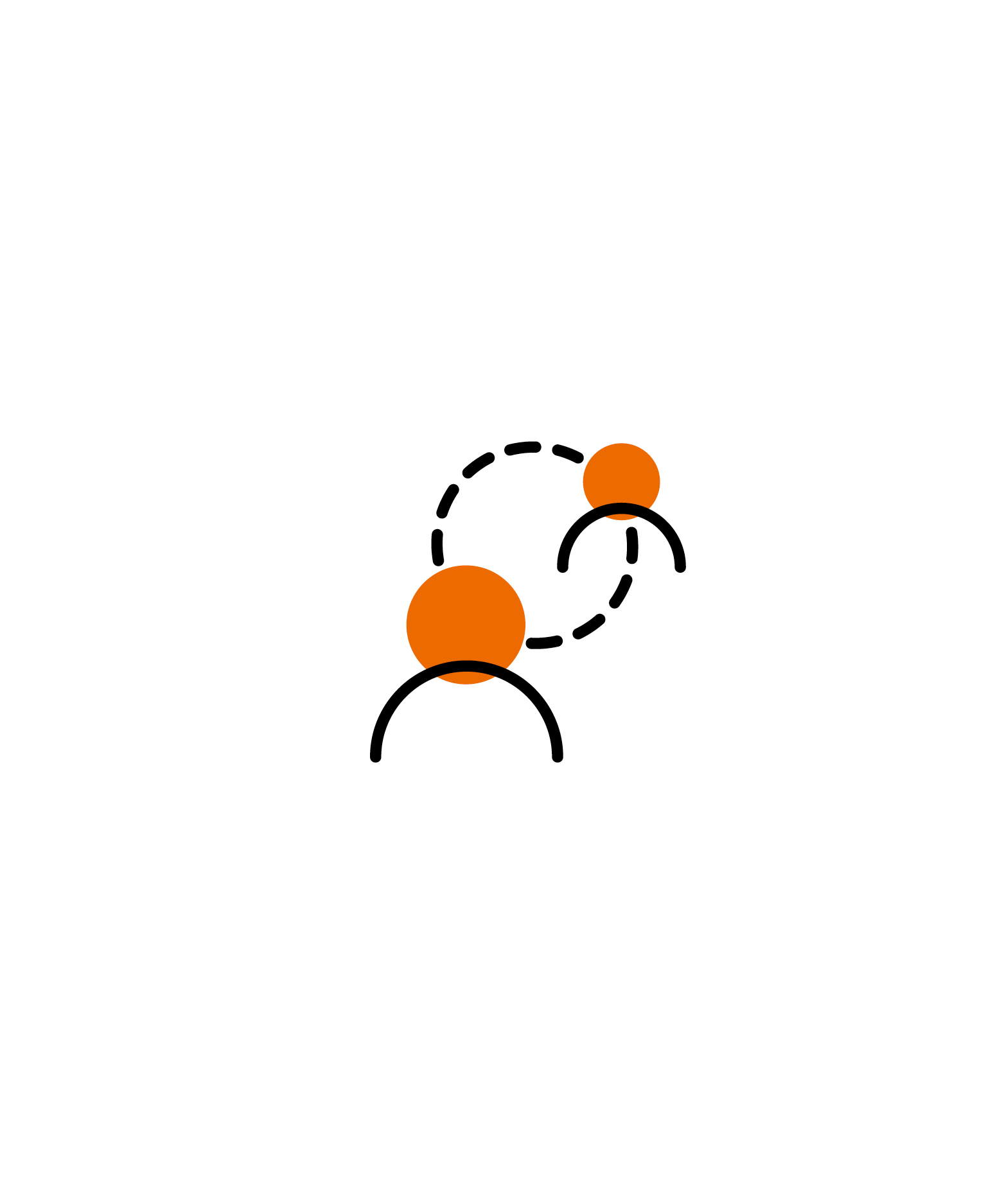
Six effective campaign strategies
We found six effective strategies that help to influence people’s actions.
#1
Customization
People respond differently to campaigns and environmental messages based on gender, age, education level, values, and political identity, and at different life stages. Customizing messages led to more effective campaigns – e.g. campaigns that targeted specific demographic or psychographic groups were typically more effective than those that didn’t. How to go about customizing or ‘segmenting’ a campaign in this way depends on context – the type of campaign, it’s aims, audiences and locations.
The Break Up With Plastic campaign used the Customization strategy. Read more about it here.
#2
Positive social norms
Social norms are an effective way for campaigns to influence behaviour, when used properly. They are thought to work because they appeal to people’s desire to ‘fit in’, or to our unconscious tendency to mimic the behaviour of others. In campaigns, this strategy can involve using celebrity endorsers or role models, especially if those who are advocating for change are seen as ‘credible’ – i.e. genuine and relevant messengers.
Be Ready To Change
Europe: The Be Ready To Change campaign was organized by the European Commission and launched in 2018 with a website, social media posts and videos. This engaging and relatable campaign uses humor and social norms effectively to communicate that single-use plastic products and packaging are not only poor quality but also no longer socially acceptable.
One of the videos brings the viewer to the moment of purchase decision when the shopper chooses disposable forks rather than reusable ones – this is important because it highlights the decision moment for viewers. We then see how this leads to one public embarrassment after another as the disposable forks, and other single-use plastic items, disappoint again and again. This messaging aims to shift social norms, a powerful force for shaping behavior, and the humor helps ensure that it is memorable enough to come to mind when the viewer is next in a relevant decision moment.
See the report appendix for more on Be Ready To Change.

#3
Being specific
Providing an audience with clear, achievable tasks is effective at driving action, even in the face of a challenge with the magnitude of climate change. A slogan like ‘Say No to Plastic’, if it’s not followed up with more information, can leave people unsure about what action they’re expected to take precisely. ‘Skip the Straw’ may be sufficient instruction in some cases, but some people might need to know what they’re expected to replace it with.
Plastic Free July
The Plastic Free July campaign began in 2011 as a small initiative with just a handful of participants in Western Australia, but has grown to millions of people across 170 countries. The challenge is, as the name implies, not to use any plastic in July, but the supporting resources are available to access any time.
This campaign integrates a number of effective strategies and avoids common mistakes. The commitment is very specific – a discrete set of actions, time-bound, and placed in context of daily decisions. “My Challenge Choices” shows the relative impact that different commitments have, connecting the action to an outcome in the world such as climate change or environmental pollution.
See the report appendix for more on Plastic Free July.



#4
Prompting commitments
Once people know what is expected, the next step is asking them to commit to those actions. Making a pledge raises the stakes and motivates people to follow through on an action. Commitments that disrupt bad habits or encourage formation of good habits can help ensure lasting behaviour change.
The Planet or Plastic campaign used the Catalyzing commitments strategy. Read more about it here.
#5
Tapping positive emotions
Campaigns that evoke positive emotions are more effective at motivating behaviour change, and encouraging people to stick with pro-environmental behaviours. In the report, we look in particular at pride, hope, optimism and love, as these have been shown to be more influential than negative emotions like guilt or fear.
The Recycled Ocean Plastic Windex Bottle campaign used the Tapping positive emotions strategy. Read more about it here.
#6
Showing people that their choices matter
A common barrier to behaviour change is the feeling that one person’s small contribution will not make a meaningful difference to an enormous problem – such as plastic pollution. The ‘psychology of small wins’ is showing that there are effective ways to counter this. Social media is a good way to highlight and track the multiplier effect, for instance, and campaigns that remind individuals that they should take responsibility for their own actions can also help prompt change.
Plastic Bag Diet
The Plastic Bag Diet campaign in Indonesia, which started small in 2010, employs a range of in-person awareness-raising tactics in addition to digital engagement. In the ‘Plastic Bag Robbery’ a volunteer will approach someone on the street carrying a single-use plastic bag and ‘rob’ them of the bag, replacing it with a reusable bag, and taking a few minutes to talk with them about why it matters. The campaign also does Plastic Tourism, bringing people to the front lines of plastic pollution to experience the problem firsthand. This campaign is credited with contributing to Jakarta’s plastic bag ban in 2019.
This campaign is positive and engaging, tapping positive emotions and connecting people with each other. The campaign has a broad range of tactics that each support specific actions and commitments people can make. The one-on-one engagement also reinforces the importance of each person’s contribution, demonstrating the significance of people’s actions. Both the digital assets and the in-person work reinforce positive social norms, supporting longer-term behavior change.
See the report appendix for more on the Plastic Bag Diet.
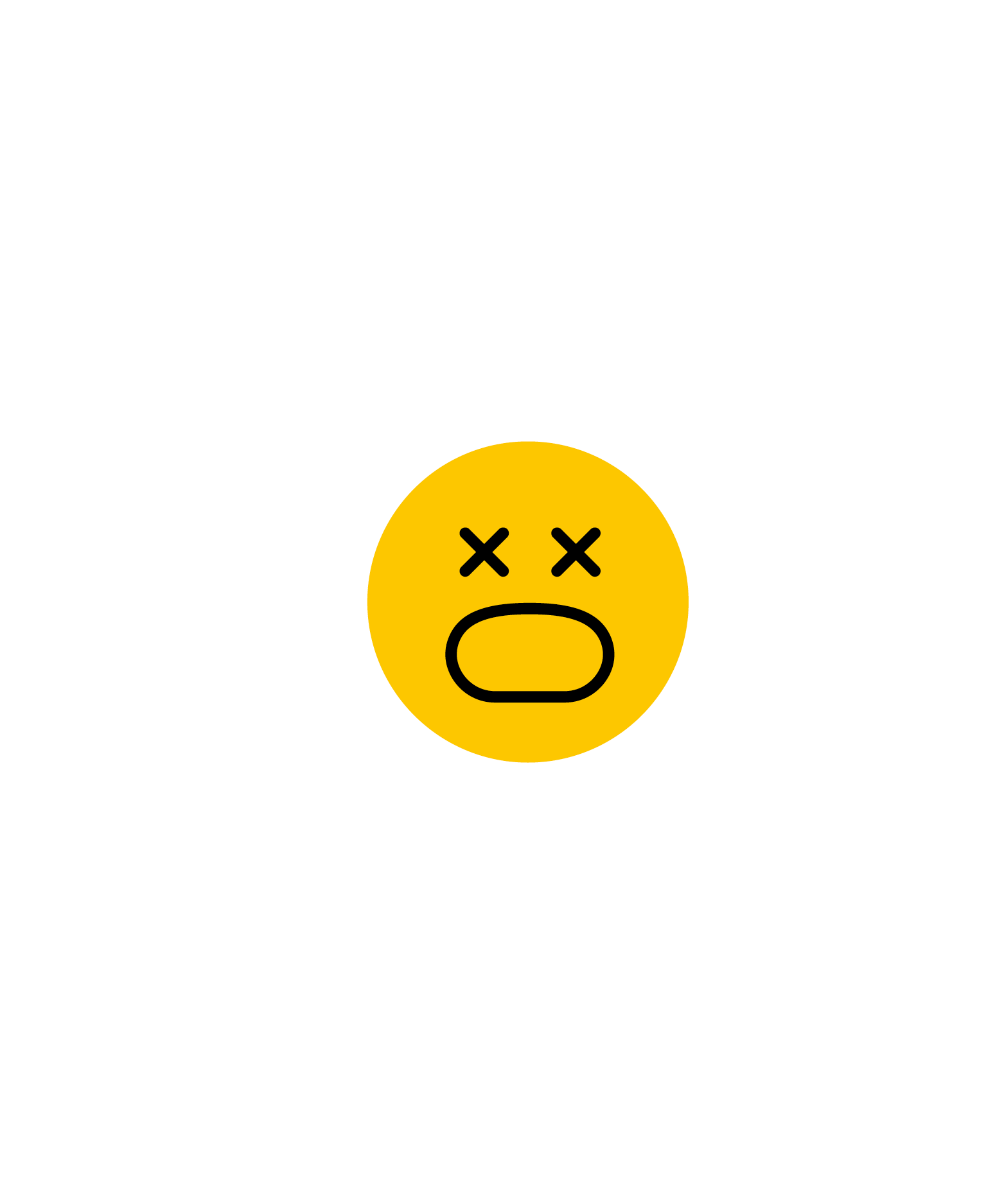

Four campaign strategies to be used with care
These four campaign elements can all be useful in the right context, but they should be used carefully as they can backfire easily – we have called them our watch-outs.
#1
Fear
Fear is commonly used by campaigners and advertisers to prompt a behaviour change. But it is only truly useful when there is something effective that a person can do to alleviate the threat. When the threat is existential or there is no immediate fix, fear just leads to anxiety and passivity. For a behaviour change campaign, these are not good outcomes.
The Little Monsters campaign used the Fear strategy. Read more about it here.
#2
Use of incentives
Whether positive incentives like financial rewards or ‘points’, or negative incentives such as a charge for plastic bags, incentives can be effective at shaping behaviour. Negative incentives appear to be particularly effective. There are some risks in using any form of incentive though. They have been shown to reduce intrinsic motivation – people’s desire to ‘do the right thing’. And, unless the incentive leads to long-term behaviour change, the new behaviour will only last as long as the incentive does.
Plastic Free Jamaica
Jamaica: An example of two ‘watch-outs’ being used successfully: The Plastic Free Jamaica campaign uses social media to engage people to support a ban on single-use plastics, use reusable bags, and imagine a Jamaica free of expanded polystyrene foam (Styrofoam). It uses giveaways (incentives) to engage the public, and scary statistics (fear) about how Styrofoam is toxic to your health. These statistics can be effective at motivating behaviour change if it’s then possible to avoid Styrofoam.
See the report appendix for more on Plastic Free Jamaica.


#3
Humour
Humour has a lot of potential in behaviour-change campaigns. Humour can soften a negative message and make it easier to hear; it can get people’s attention; it can be memorable; and it can reflect social norms or the absurdity of a real-world situation. It also helps campaigns to move away from appeals to fear, guilt or altruism. But humour can appear to be make light of a serious situation, and sometimes doesn’t translate to actual behaviour change, so it needs to be used with care.
The April Fools/April’s Fish (Le Poisson d’avril) campaign used the Humour strategy. Read more about it here.
#4
Altruism
Many campaigns implore viewers to act in the common good – to think about ‘the earth’ or ‘future generations’. These kinds of appeals will work for a segment of the population, they should not be the default messaging strategy for behaviour change related to plastic. There is some evidence that emphasising a win-win scenario can work though – encourage a behaviour because it is good for the consumer and better for the world.
The Be Plastic Wise campaign used the Altruism strategy. Read more about it here.




Four common mistakes
Our review also highlighted some poor campaign tactics, and debunked some conventional wisdom about the elements and messaging of an effective campaign. Campaigners should avoid these errors.
#1
Stopping at awareness
While raising awareness may be an important step on the way to action, it rarely leads to behaviour change on its own. Several studies have shown that simply knowing about a problem doesn’t equate to taking action to solve it. As one environmental social scientist put it, “knowledge isn’t the only thing that will change behavior. You usually need much more. The benefits have to be tangible and the behavior needs to be feasible and within [people’s] abilities.”
London Fashion Week 2019 made the mistake of Stopping at awareness. Read more about it here.
#2
Guilt
For a large portion of the population, overtly manipulative appeals to guilt will create resistance, rather than a desire to address the problem. This means that campaigns that try to evoke guilt as a means of behaviour change may in fact elicit the opposite behaviour. Even though there are some people who are motivated by environmental guilt, their ‘guilt cup’ is already overflowing and they may simply feel overwhelmed. Guilt as a motivator should be avoided in pro-environmental behaviour change campaigns.
The Act On Plastic campaign made the mistake of using Guilt to try to change behaviour. Read more about it here.
#3
Reinforcing bad norms
While using good social norms can be a way to encourage positive behaviours, showing the prevalence of negative behaviours is likely to backfire. By highlighting the bad behaviour, people are led to understand that the bad behaviour is actually the norm. The wrong message is reinforced, and the ‘wrong’ behaviour can increase.
Woolworths’ reusable bags campaign made the mistake of Reinforcing bad norms. Read more about it here.
#4
Allowing the problem to feel distant or intangible
People tend to disregard problems that feel distant or intangible – so-called ‘psychological distance’. Psychological distance increases with physical distance, social distance (the degree to which someone is ‘like you’ or not), distance across time, and hypothetical distance (i.e. probability, where things perceived as ‘likely’ are felt to be ‘closer’). Ocean plastics do not feel immediate or close to most people, despite the alarming photos used by many campaigns. If the problem is not connected to people’s lives, they won’t connect their own plastic waste to the waste in the ocean, and there is no route to behaviour change.
The #UnplasticthePlanet campaign made the mistake of Allowing distance. Read more about it here.
Better campaigns to end single-use plastics
Well-designed campaigns can have a clear and sustained impact on consumption behaviour. Campaigns can direct purchasing behaviour, shape reuse behaviour, or can be used in conjunction with policy to drive societal shifts toward more sustainable plastic consumption. The more effective these campaigns are, the faster society can move toward sustainable consumption and production.
Individual action is not enough when it comes to single-use plastics, and we recommend actions for companies and governments to enable systemic change. Companies must act urgently to provide sustainable plastic product and packaging options and information to individuals to enable them to make sustainable choices. They need to reduce unnecessary packaging, increase recycled, reusable or compostable materials, and move away from single-use models towards greater circularity.
Governments need to enact policies to create the conditions for sustainable consumption, to reduce the barriers for individuals to make sustainable choices. They can bring in measures that support adoption and scaling of solutions, including banning, restricting, or taxing single-use plastic products or packaging; introducing incentives or requirements for reuse and recycling; and aligning their own contracting and procurement processes with these aims.
Examining 50 recent campaigns – in the context of the findings from recent literature about common mistakes campaigns make, effective strategies, and tactics to employ with caution – has provided real-world examples to learn from. There is much more detail on how to apply these lessons in the full report, Reducing Plastic Pollution: Campaigns That Work. Anyone involved in a campaign to end single-use plastics can use these insights to create work that shifts individual behaviour, encourages better corporate practice and supports better policy.
About the Sustainable Lifestyles and Education Programme
This project is an output of the Sustainable Lifestyles and Education Programme of the One Planet network. The One Planet network is the network of the 10 Year Framework of Programmes on Sustainable Consumption and Production which supports the global shift to sustainable consumption and production (SCP) and the achievement of Sustainable Development Goal 12 (SDG 12). The Sustainable Lifestyles and Education (SLE) Programme aims to foster the uptake of sustainable lifestyles as the common norm. Through a global network of experts, practitioners and learners, the SLE Programme develops tools and resources that allow policymakers, businesses and civil society to build sustainable systems of living. Through the application of these resources and the uptake of sustainable lifestyles, the SLE Programme aims to address global challenges such as biodiversity conservation, resource efficiency, climate change mitigation, poverty reduction and social well-being.
The SLE Programme is co-led by Japan’s Ministry of the Environment represented by Institute for Global Environmental Strategies (IGES) and the Government of Sweden represented by Stockholm Environment Institute (SEI).
Acknowledgements
This project was developed through a collaborative effort led by Stockholm Environment Institute (SEI) and the United Nations Environment Programme (UNEP). It contributes to the One Planet Network-Wide Plastics Initiative, as a contribution from the Sustainable Lifestyles and Education Programme.
Lead author: Ellie Moss, Moss & Mollusk Consulting
Supervision, technical editing and support: Andrea Norgren (SEI)
We would like to thank the following people for their support and contributions throughout the project (in alphabetical order): Garrette Clarke (UNEP), Aina Eriksson (SEI), Claire Kneller (WRAP UK), Cecilia Lopez y Royo (UNEP), Hannah Phang (Futerra), Gina Torregroza (UNEP), and Ran Xie (UNEP).

